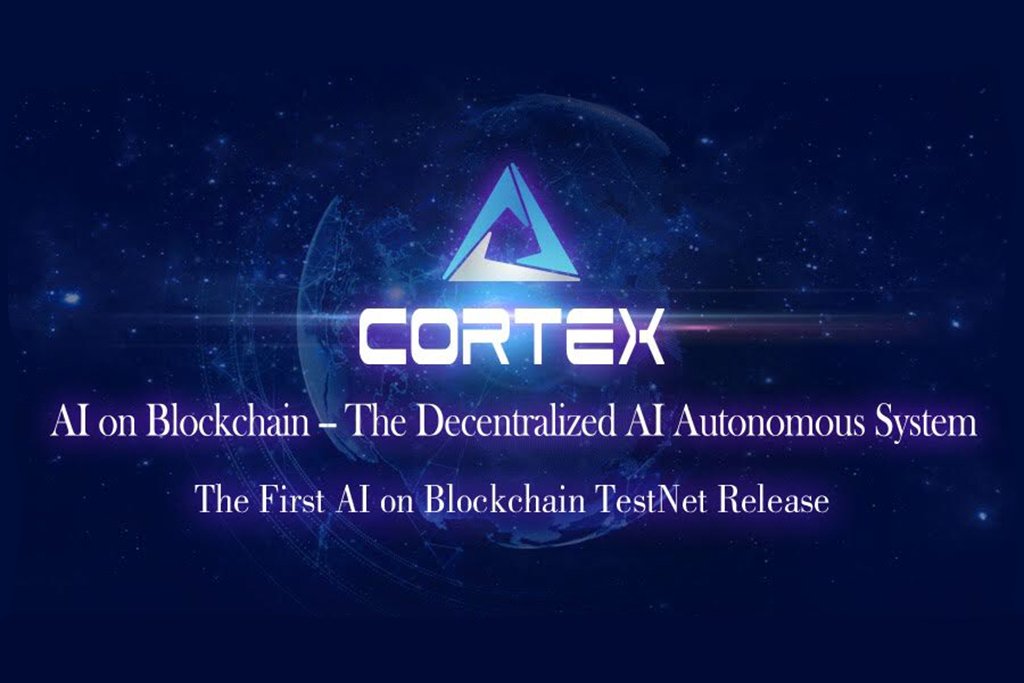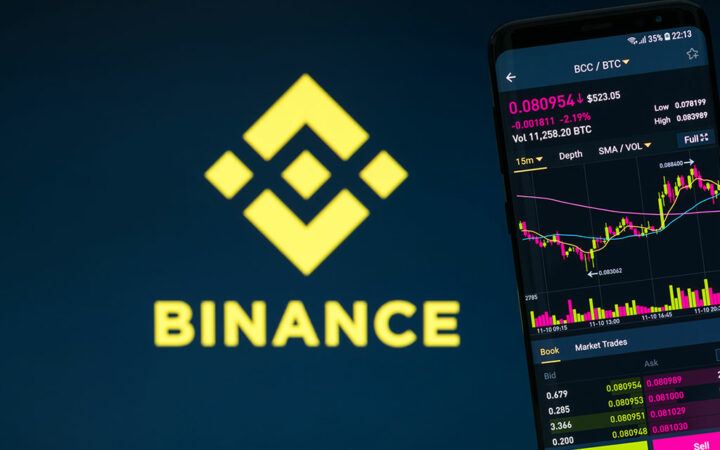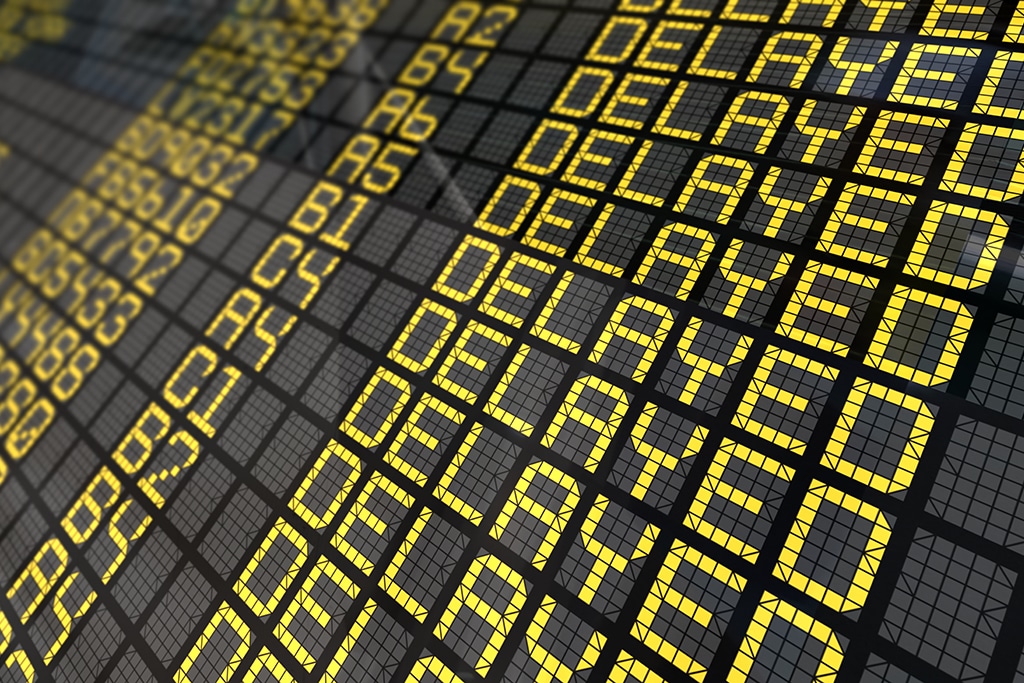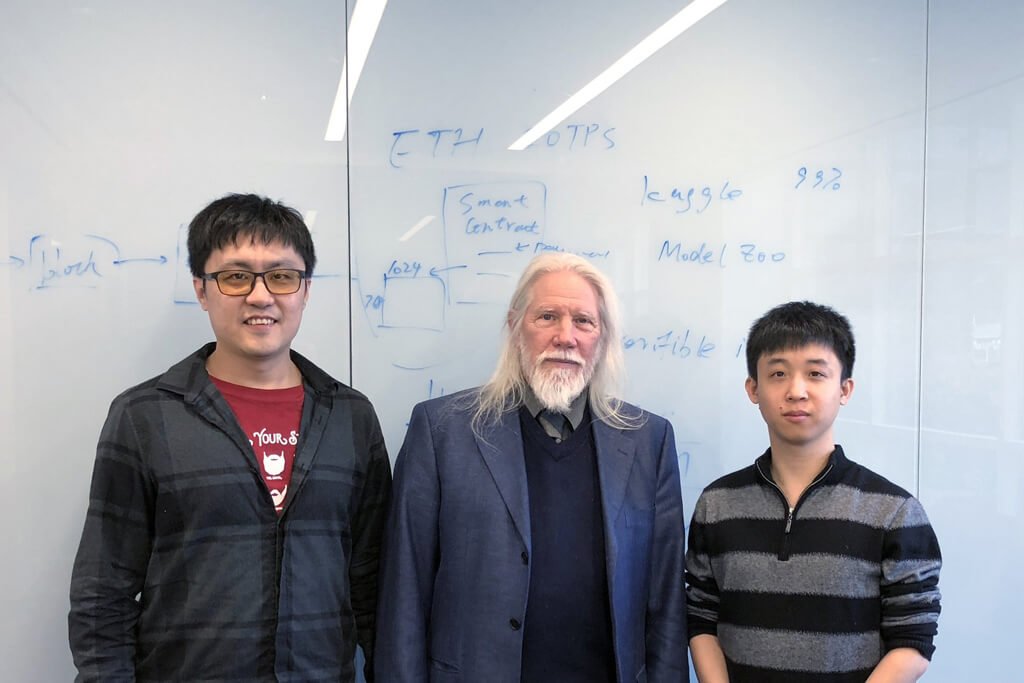
Smart contracts and decentralized applications are revolutionary technologies, but they have suffered for a long time from inefficiencies ranging from limited computing capacity to a lack of industry-wide applicability. Cortex is a project that aims to overcome these problems by enabling AI models directly on the blockchain. Cortex just launched the world’s very first AI-on-Blockchain TestNet a few weeks back, and the first in a series of their TestNet tutorials was just published.
The most important feature of the newly-released TestNet is the Cerebro Block Explorer. Not only does Cerebro allow users to explore blocks, transactions, and address balances on the Cortex blockchain, but it comes with a revolutionary feature which allows users to also explore AI models, data sets, and AI inference outcomes on-chain, something which has never been done before.
AI models that are stored on-chain (there are already two), whether they are developed by Cortex or by public developers, can be invoked using AI smart contracts. This feature allows users to work with on-chain data and AI models to power their smart contracts. Not only does this groundbreaking technology help developers create smarter and more powerful DApps, but it also helps advance the democratization of AI and machine learning.
There are currently 10 full nodes spreading across 6 different countries as part of this TestNet, and the number will increase over the coming months. On-chain AI models that can be tested by the developer community have been uploaded. To create new smart contracts and upload to the TestNet, developers can use Remix, an AI smart contract development application that’s compatible with Cortex. Publicly-accessible mining pools that users can connect to in order to participate in mining have also been released.
According to this Medium post, a number of other important updates have also been completed, such as Cortex’s consensus mechanism, data storage and compression protocols, and instructions for hosting nodes.
These different yet related parts of the larger Cortex project aim to facilitate the creation, approval, and deployment of AI and inference models on the blockchain. By enabling users to edit existing smart contracts, interact with the Cortex blockchain, and learn how to create AI inference models on their own, Cortex hopes that AI and DApp developers will be encouraged to learn how the system works so that they will be able to augment Cortex’s existing AI models and smart contracts by adding their own to tackle real-life problems in their respective industries.
According to the Cortex team:
“The TestNet release is huge because we believe in blockchain and decentralized systems; our long-term goal is to democratize artificial intelligence, and the first version of the TestNet demonstrates the actual workings of the world’s very first on-chain AI models. We’ve proven that the fundamental engineering approach described in our whitepaper works.”
Because AI and blockchain are such expansive fields, the Cortex team is encouraging the tech communities to learn more about Cortex and to participate towards its goals.
“For our users, we can start inviting developers to get to know more about us, write AI smart contracts, post AI models with us, grow and learn together, and build a democratic AI ecosystem together.”
Apart from the creative and highly technical work that Cortex is doing, AI and blockchain have been at the bleeding edge of technology for some time, and the synergies that exist between AI and blockchain offer many innovative benefits.
Where AI suffers from a lack of high-quality data, blockchain can provide the requisite security, privacy, and transparency to allow different systems to work together. Where long and complex supply chains result in high inefficiencies, system integration using blockchain, and decision-making using AI, can dramatically boost bottom lines. Where blockchain suffers from high mining costs, AI can automate the allocation of mining resources to the lowest-cost provider on an ongoing basis.




